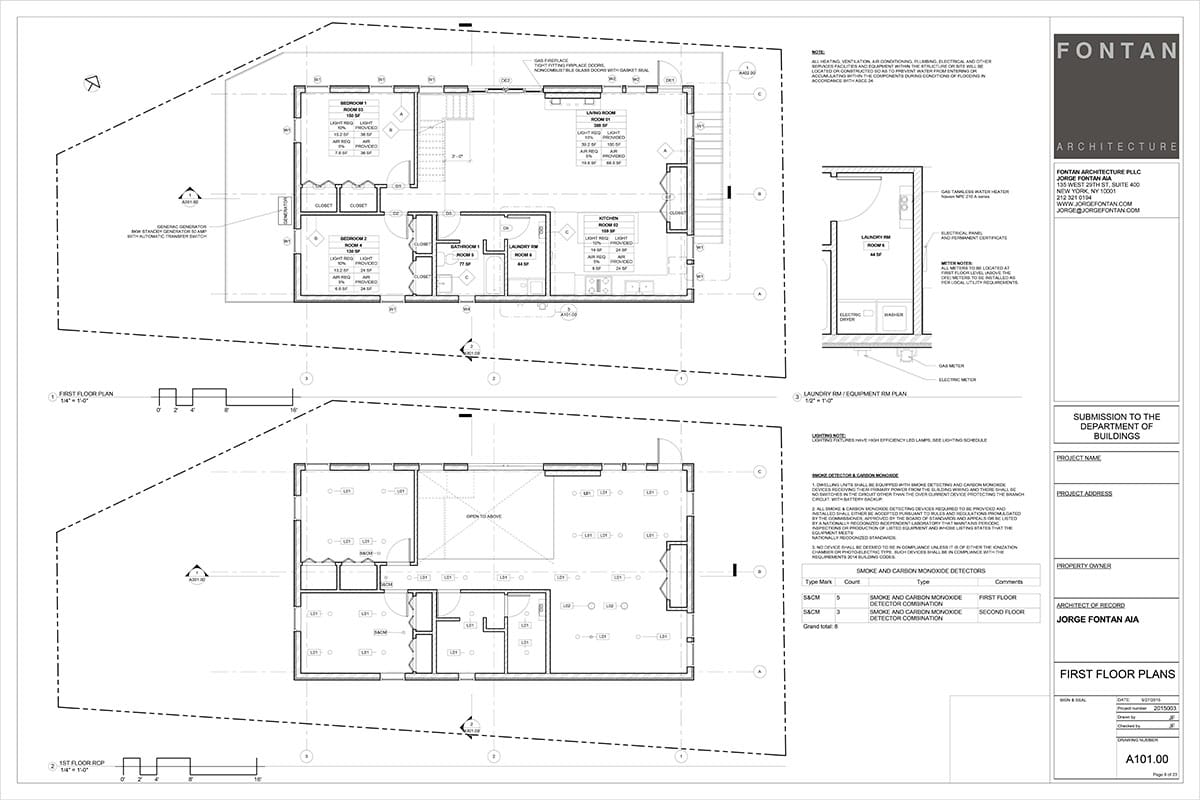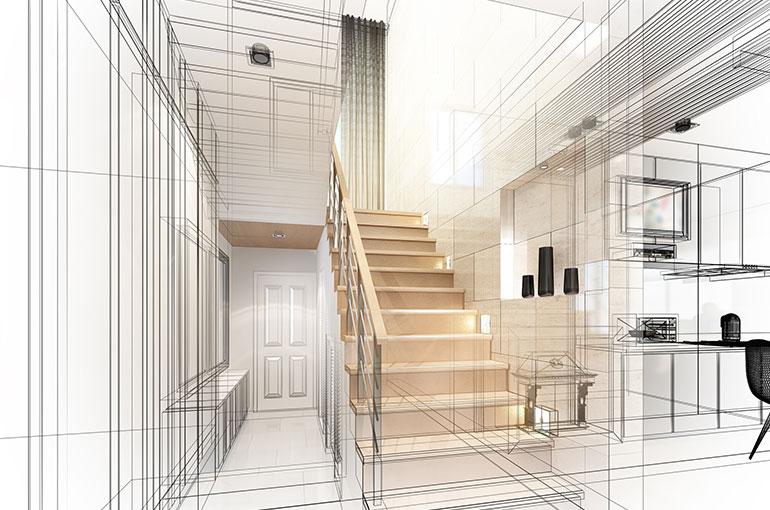Just How CDA Architects Provide Cutting-Edge Solutions for Lasting Design
Just How CDA Architects Provide Cutting-Edge Solutions for Lasting Design
Blog Article
The Influence of Technical Developments on the Design Practices of Contemporary Architects
The quick evolution of technological tools has significantly reshaped the style landscape for modern engineers, cultivating extraordinary levels of technology and sustainability. Checking out these dynamics exposes a nuanced interaction between technology and conventional layout techniques, prompting a closer evaluation of what the future holds for building methods.
Evolution of Architectural Tools
How have architectural devices changed the style and construction procedures over the centuries? The advancement of architectural devices has actually considerably impacted the performance, accuracy, and creative thinking of layout and building.
With the introduction of the Renaissance, the intro of the compass and the protractor noted a critical change. These tools enabled designers to achieve higher precision in their styles, facilitating the appearance of more detailed and in proportion buildings. The Industrial Transformation further changed architectural exercise with the intro of mechanized devices and products, permitting bigger and much more enthusiastic projects.
In the 20th century, the growth of computer-aided design (CAD) software application changed the landscape when again, providing designers with unmatched capabilities in modeling and visualization. Today, progressed devices such as Structure Information Modeling (BIM) and parametric style software remain to press the limits of architectural development, allowing a much more integrated approach to design and building procedures.
Boosted Partnership in Design
As technology remains to advance, boosted cooperation in design has ended up being a keystone of modern building practice. The assimilation of digital tools such as Structure Details Modeling (BIM), cloud-based systems, and progressed visualization software program has actually changed the method designers, engineers, and stakeholders communicate throughout the design procedure. These tools help with real-time interaction, enabling teams to share ideas, modifications, and responses immediately, despite geographical location.

Additionally, interdisciplinary partnership has actually been streamlined with these technical developments, making it possible for engineers to work extra closely with other experts, such as city planners and environmental professionals. The outcome is a more cohesive technique to make that thinks about different viewpoints and competence. Inevitably, boosted collaboration in style is not simply a pattern; it is crucial for creating innovative, useful, and aesthetically pleasing architecture in a progressively complicated globe.

Sustainability Via Innovation
Sustainability in architecture has significantly ended up being intertwined with technical advancement, driving the market toward eco accountable practices. Contemporary engineers are leveraging sophisticated technologies to decrease ecological impact while boosting the performance of structures. cda architects. One famous example is making use of Structure Information Modeling (BIM), which permits for accurate preparation and resource allocation, lowering waste during building and construction and advertising energy effectiveness throughout a building's lifecycle
In addition, smart products and energy-efficient systems are being integrated right into designs to enhance resource use. Technologies such as solar batteries and eco-friendly roof harness sustainable power sources, adding to decreased carbon footprints. Additionally, the application of expert system in layout procedures makes it possible for architects to simulate and evaluate energy usage, guiding decisions toward more sustainable outcomes.
The integration of sustainable innovations not just aligns with worldwide ecological objectives but likewise fulfills an increasing demand from customers for eco-friendly options. As engineers welcome these developments, the emphasis changes in the direction of creating spaces that are not only cosmetically pleasing yet likewise functionally sustainable, therefore redefining the standards of contemporary architecture. This way, innovation works as a stimulant for sustainability, making it possible for architects to design buildings that respect and improve the natural atmosphere.
Difficulties in Application
While technical innovations in style hold great promise for enhancing sustainability, their implementation frequently experiences substantial challenges. One main barrier is the high discovering contour connected with new technologies. Architects and construction professionals might call for comprehensive training to efficiently utilize advanced software program and devices, which can delay project timelines and increase prices.
In addition, the combination of emerging technologies, such as Structure Info Modeling (BIM) and sustainable materials, frequently why not find out more necessitates cooperation throughout multidisciplinary teams. This collaboration can be prevented by differences in knowledge, workflows, and interaction styles, leading to possible disputes and inadequacies.

Furthermore, best site regulative structures and building ordinance might not equal technical developments, producing obscurity and possible conformity concerns. This challenge can dissuade designers from completely accepting new modern technologies, as the threat of non-compliance might outweigh the advantages. Dealing with these implementation challenges is essential for the effective combination of technological developments in contemporary building techniques.
Future Fads in Design
The difficulties related to the implementation of new technologies in style have actually triggered a reevaluation of future trends within the industry - cda architects. As architects browse concerns such as sustainability, urbanization, and social equity, they are progressively adopting innovative modern technologies to enhance style efficiency and ecological performance
One prominent fad is the combination of expert system (AI) in the layout process. AI tools can analyze substantial datasets to notify design choices, improving both creativity and performance. Structure Info Modeling (BIM) proceeds to develop, making it possible for real-time partnership among stakeholders and assisting in streamlined job management.
Sustainable layout methods are additionally acquiring momentum, with designers focusing on adaptive reuse and regenerative design principles that decrease resource intake and waste. The incorporation of wise products and sustainable power sources will better enhance the resilience of buildings despite environment adjustment.
Furthermore, the increase of parametric style permits for even more personalized and context-sensitive architectural remedies (cda architects). By utilizing these improvements, engineers are poised to create developed settings that not just address the instant requirements of culture yet additionally anticipate future obstacles, thereby redefining the function of design in an ever-changing globe
Verdict
Technical advancements have considerably reshaped architectural style methods, assisting in boosted accuracy, cooperation, and sustainability. The assimilation of devices such as Structure Details Modeling and parametric layout software program, along with fabricated knowledge and clever products, equips designers to attend to complicated difficulties much more successfully. While application may present certain obstacles, the read what he said ongoing advancement of these modern technologies guarantees to drive development in design. Future trends will likely further stress sustainability and performance, eventually redefining the developed environment.
Report this page